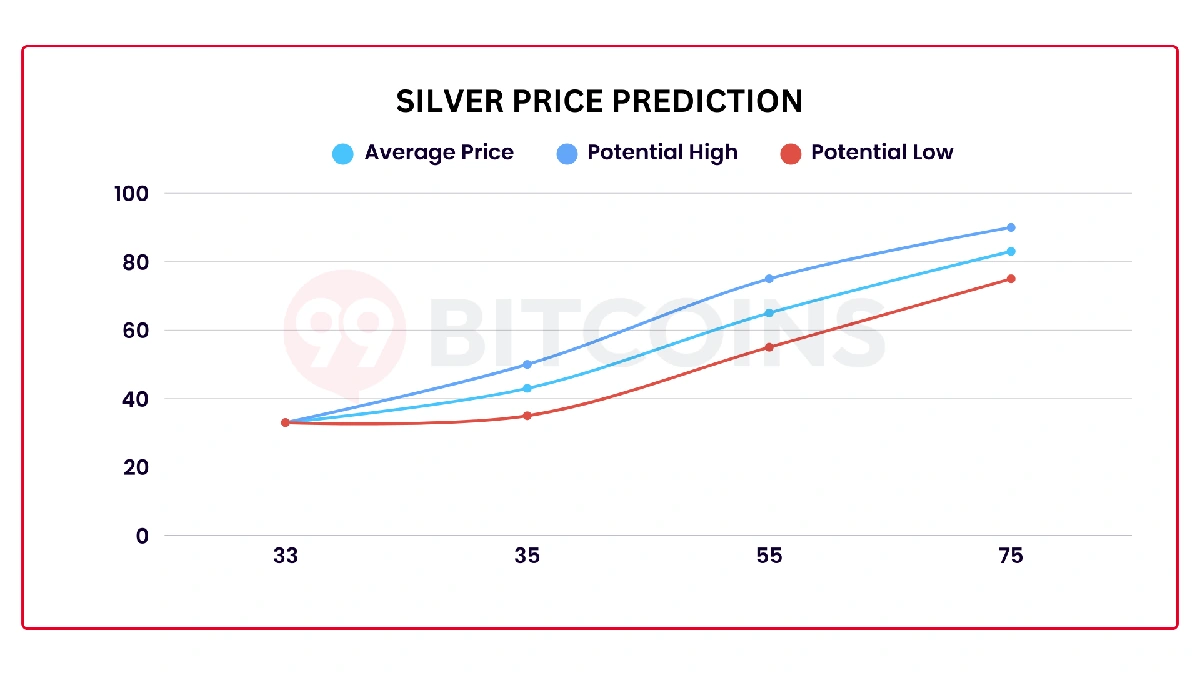Sensex & Nifty Update | Market Recovery Fades; India VIX Stays Above 11
The stock market can feel like a rollercoaster, can’t it? One minute you’re soaring, the next you’re bracing for a dip. And lately, well, that dip seems to be lingering a bit longer than we’d like. The Sensex and Nifty are telling a story, but what exactly is that story? It’s not just about numbers; it’s about understanding the undercurrents, the ‘why’ behind the ‘what’.
Why Is the Market Recovery Stalling?

Let’s be honest – pinpointing one single reason for a market slowdown is like trying to catch smoke. It’s a complex web of interconnected factors. But, if I had to pick the top contenders? I’d say we need to consider global cues, domestic economic data, and, crucially, investor sentiment.
Think of it like this: global markets are like the older siblings influencing the younger one (India). When they sneeze (economic slowdown), we often catch a cold. Rising interest rates in the US, inflation concerns in Europe – these all cast a shadow. Then, back home, we have to look at things like inflation data, industrial production, and the monsoon’s progress. A bad monsoon? That hits rural demand, which, in turn, impacts corporate earnings.
And then there’s the India VIX. This isn’t some obscure financial term; it’s the ‘fear gauge’. The India VIX staying above 11? That’s a sign that investors are still feeling a bit jittery. They’re pricing in potential volatility, and that affects their investment decisions.
Decoding the India VIX | More Than Just a Number
The India VIX , technically, measures the market’s expectation of volatility over the next 30 days. But I see it as a window into the collective psyche of investors. A high VIX suggests uncertainty – maybe due to upcoming elections, policy changes, or global events. A low VIX? That usually signals complacency.
Now, here’s the thing: a rising VIX isn’t necessarily a cause for panic. It’s more of a ‘proceed with caution’ sign. It means you should probably avoid making rash decisions and focus on the fundamentals. Think of the stock market volatility as a sale on your favorite stocks – buy the dip!
According to data from NSE India , understanding the VIX is crucial for making informed trading decisions. For long-term investors, short-term fluctuations should be viewed as opportunities rather than threats.
Navigating Market Uncertainty | A Practical Guide
So, the market’s a bit wobbly. What do you actually do about it? Here’s what I would suggest.
- Reassess Your Portfolio: This doesn’t mean blindly selling everything. It means taking a hard look at your asset allocation. Are you too heavily invested in one sector? Do you have enough diversification?
- Focus on Quality: In uncertain times, quality trumps everything. Look for companies with strong balance sheets, consistent earnings growth, and good management teams. These are the companies that are more likely to weather the storm.
- Don’t Try to Time the Market: This is a classic mistake. Trying to predict the exact bottom (or top) is a fool’s errand. It’s far better to invest gradually, using a systematic approach like SIPs (Systematic Investment Plans).
The Long Game | Why India’s Story Remains Compelling
Here’s the thing that fascinates me: India’s long-term growth story is still very much intact. We have a young population, a growing middle class, and a government that’s (at least trying) to push through reforms. So, while there might be short-term hiccups, the overall trajectory remains positive. That is why many are looking into share market analysis .
But, and this is a big ‘but’, it’s crucial to be selective. Not every company will benefit equally from India’s growth. Do your research. Understand the business. And don’t be afraid to ask questions.
Also, remember that the financial market trends are influenced by various factors, and staying informed is crucial for navigating them effectively.
Let’s talk about something that impacts all of us: economic indicators. Understanding these indicators can give you a heads-up on where the market is heading.
Speaking of stock market tips, one I always give is: don’t put all your eggs in one basket. Diversification is your best friend during volatile times. And remember, investing in the Indian stock exchange is a marathon, not a sprint.
Always keep an eye on those pesky global market fluctuations. What happens overseas can ripple through our markets pretty quickly. And don’t forget to check the IPO performance , as it can indicate investor sentiment.
Remember to consult with a financial advisor before making any major investment decisions. Everyone’s situation is unique, and personalized advice is always best.
FAQ | Decoding Market Jitters
Frequently Asked Questions
What if I’m losing money right now?
It’s tough to watch your portfolio shrink, but remember that market corrections are normal. Don’t panic sell. Review your strategy and consider averaging down if you believe in the long-term prospects of your investments.
Should I stop my SIPs during a market downturn?
Absolutely not! SIPs are designed to take advantage of market volatility. When prices fall, you buy more units, which can boost your returns when the market recovers.
Is it a good time to invest in small-cap stocks?
Small-cap stocks can offer higher growth potential, but they’re also riskier. If you have a high-risk tolerance and a long-term investment horizon, consider allocating a small portion of your portfolio to small-caps. Otherwise, proceed with caution.
What are some reliable sources of market information?
Stick to reputable financial news outlets, research reports from brokerage firms, and official websites like the SEBI website . Avoid relying on social media rumors or unverified sources. Be sure to check share prices regularly.
How does the India VIX impact my investments directly?
A higher India VIX often leads to increased premiums for options contracts. This means hedging your portfolio becomes more expensive. It also signals that broader market swings are likely, which can affect the value of your holdings.
Where can I learn more about personal finance?
There are many educational resources available online, including websites, courses, and books. Look for sources that provide unbiased information and focus on long-term investing principles.
So, the Indian stock market might be giving us the jitters right now, but don’t lose sight of the bigger picture. Stay informed, stay disciplined, and remember that investing is a marathon, not a sprint. And who knows? Maybe this temporary dip will turn out to be the buying opportunity you’ve been waiting for. Just remember to do your homework!













